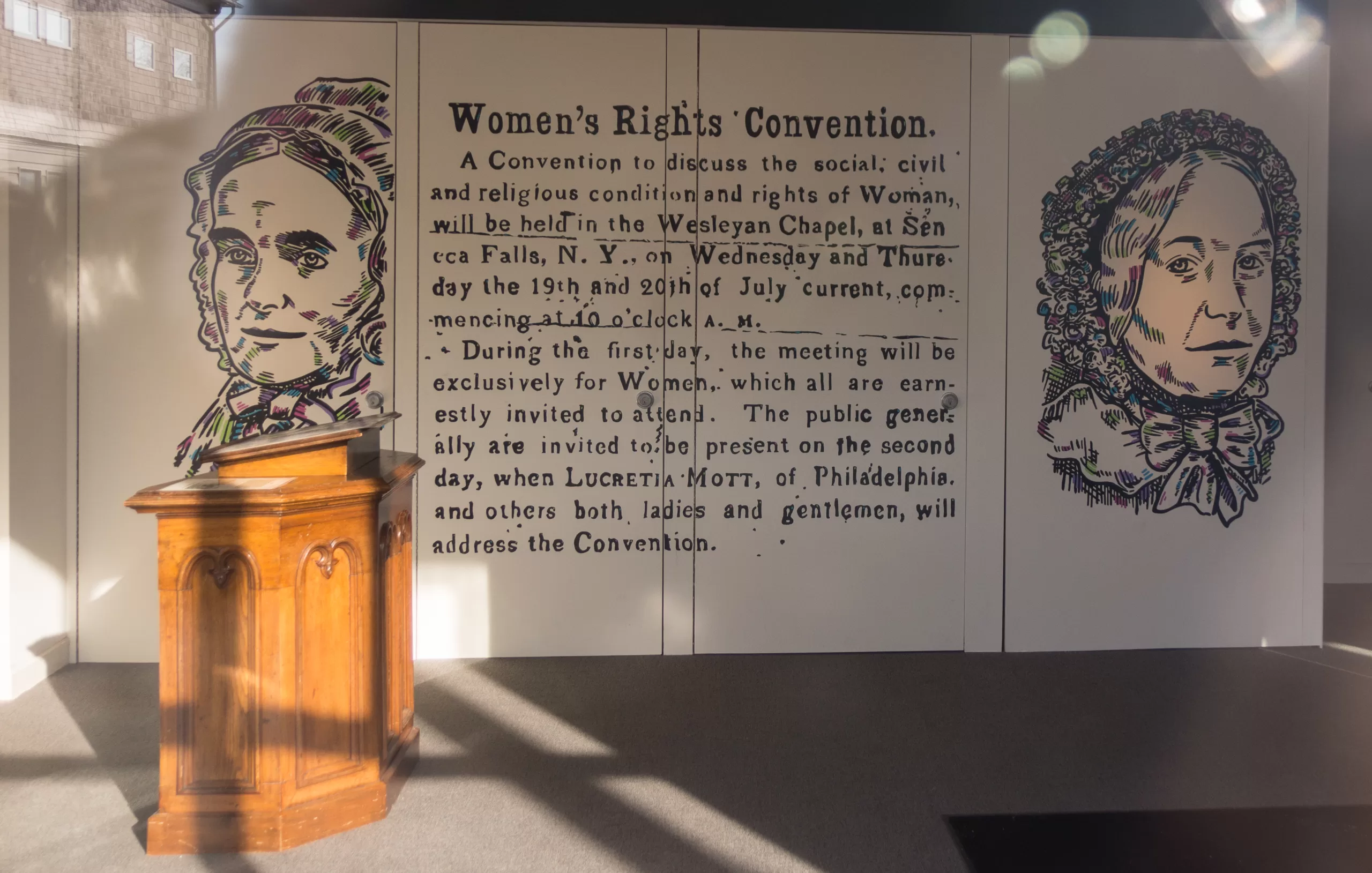By Fizza Mehak Batool for Invisiblites
The social, economic, and political movement of feminism has a deep history with its core purpose of equality in all sectors of society for women. The movement’s origin can be seen throughout history, yet the major driver of this movement emerged in the US to challenge the patriarchal fabric of the US society. The term feminism was coined in 1837 by the French philosopher Charles Fourier. It meant the social, economic, and political equality of women. Feminism gained prominence in the US in the 19th century. The main aim was to create opportunities for women. The first wave of feminism can be studied under the theory of Political process and social movements which Douglas McAdam gave in his book “the black civil rights movement” in 1982.
The Birth of a Political Movement
Under the political process theory, according to McAdam, political opportunities provide the basis for the movement and they provide the factors for the success of any social movement. The first wave was an important era for the females of the US because it challenged the patriarchal system that existed in the society after the independence of the U.S. Even though several declarations happened to gain independence from Britain, the female were not given their rights and were kept marginalized. In 1848, the Seneca Falls Convention was held which is marked today as the first political challenge to the existing patriarchal system.
During the era of the rise of the first wave of feminism, several political opportunities existed in the US society. The Declaration of Independence’s main clause regarded all men as equal. However, in practical terms, this clause was not adopted. As a result, there emerged a challenge to the preexisting US society where the men were given their due rights while the women were deprived of them. A group of abolitionist women met at Seneca Falls in 1848 to gain the rights for women. The major leaders of this convention were Elizabeth Cady Stanton and Susan B. Antony. The declaration presented in this convention declared that “The world has never yet seen a truly great and virtuous nation, because, in the degradation of woman, the very fountains of life are poisoned at their source”.
Women in Pakistan and the need for heroes like Fatima Bhutto – Invisiblites
Mobilizing Feminism
The second element of the political process theory includes the mobilizing structures. The social movement of feminism had several mobilizing structures. In this regard, they formed political organizations. It was the organization of the National Women’s Suffrage Association and the American Women’s Suffrage Association, which later merged and formed the National American Women’s Suffrage Association. This Association had a major role in gaining the rights of the woman. Likewise, this association involved state-level and local groups. The organization’s co-founders also worked on different Publications to show the world how women preserve a specific portion of society and how that portion can be used to gain prosperity for society. Such as an article describing the 15 Amendment that provided the suffrage right to African Americans but did not provide this right to women. Therefore, the women demanded from the US government for their liberty of women by using several tools.
Framing Feminism
Another component of the political process social movement theory involves the framing process. Stanton and Lucretia highlighted the grievance of females in the Declaration of Sentiments, which was the first ever document that was drafted to highlight the issues of a woman and to resolve the issues. Likewise, The Seneca Falls Convention was framed in a way that the first day of the conference was based on the presentation of debates and reading of the Declaration of Sentiments. The last two days of the Convention were held to sign the petition by 68 and 32 men. All these were done through the framing process.
The main leader was Stanton Cady who Organized and founded the National Woman’s Suffrage Association which was the major tool of the deep framing process. The 5th component of the theory involves the political protest cycles and the different means that are used throughout the movement period. In this regard, the feminist leaders used several means to gain the desired outcome. Those means included protests, petitions, applications, conferences, and others. The publications included highlighting the rights of women through the comparative analysis of the past of the US and its future with a look at the place of women in it.
How a Bengali Woman Pioneered the Concept of Female Utopia – Invisiblites
Conclusion
In a nutshell, all these components of the social movement theory combined and led the first wave of feminism to be a success through the 19th amendment from the US parliament which provided women with the right to vote. Later on, this movement paved the way for other waves of feminism and led women to demand other rights for them. To cap it off, the first wave of feminism, a struggle for the equality of women, was a true example of the collective efforts of females in the US to pave the way for the 19th Amendment. This movement, undoubtedly, is an example of the contemporary era for women to strive for their due rights. Through movements like these, women in Pakistan can unite and strive for their rights so that an inclusive state can emerge.
Fizza Mehak Batool is an undergraduate student of International Relations at BUITEMS. She has written for Paradigm Shift and other outlets.
Photo credits: Wikimedia Commons
Write for Invisiblites, guidelines at Write For Us – Invisiblites

Fizza, well done!